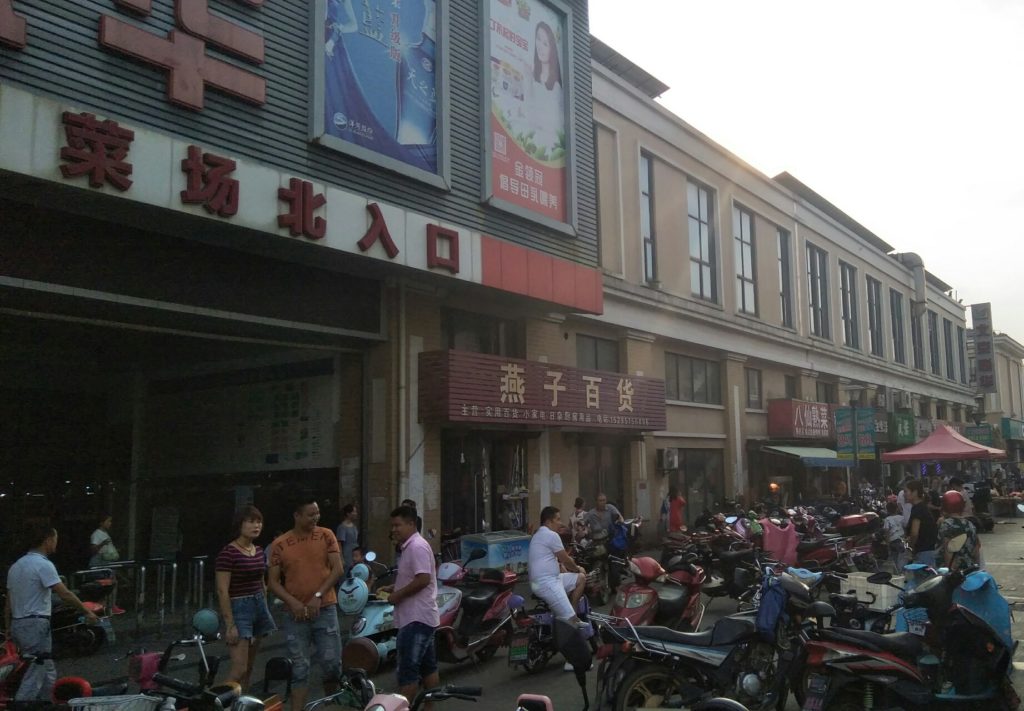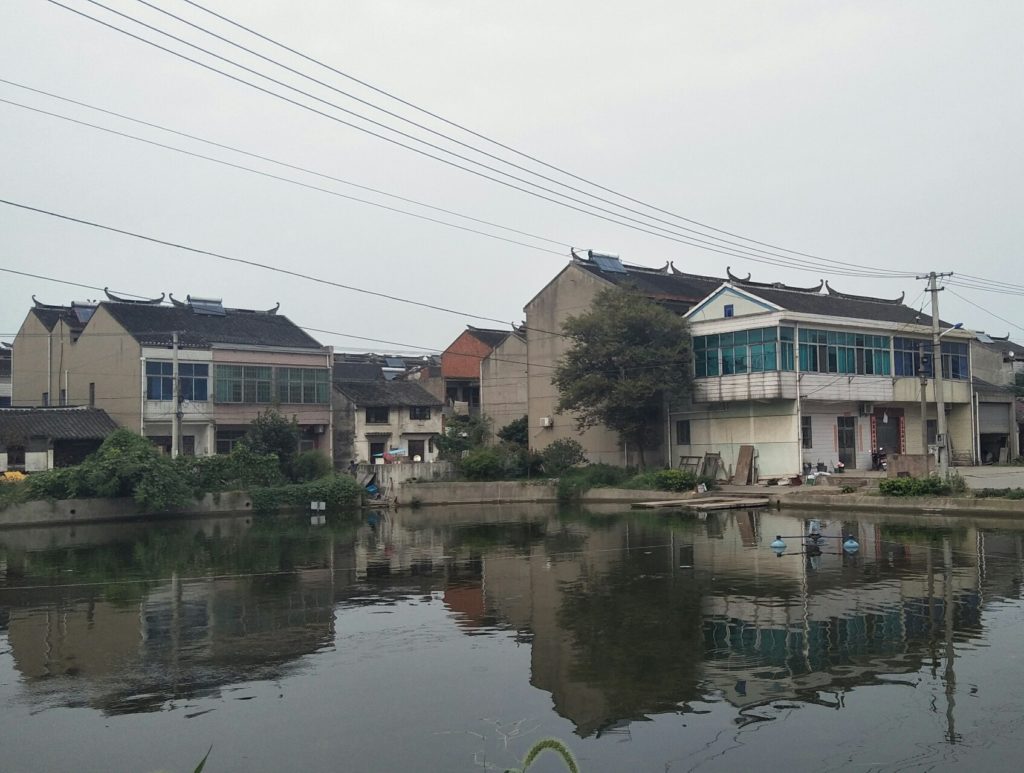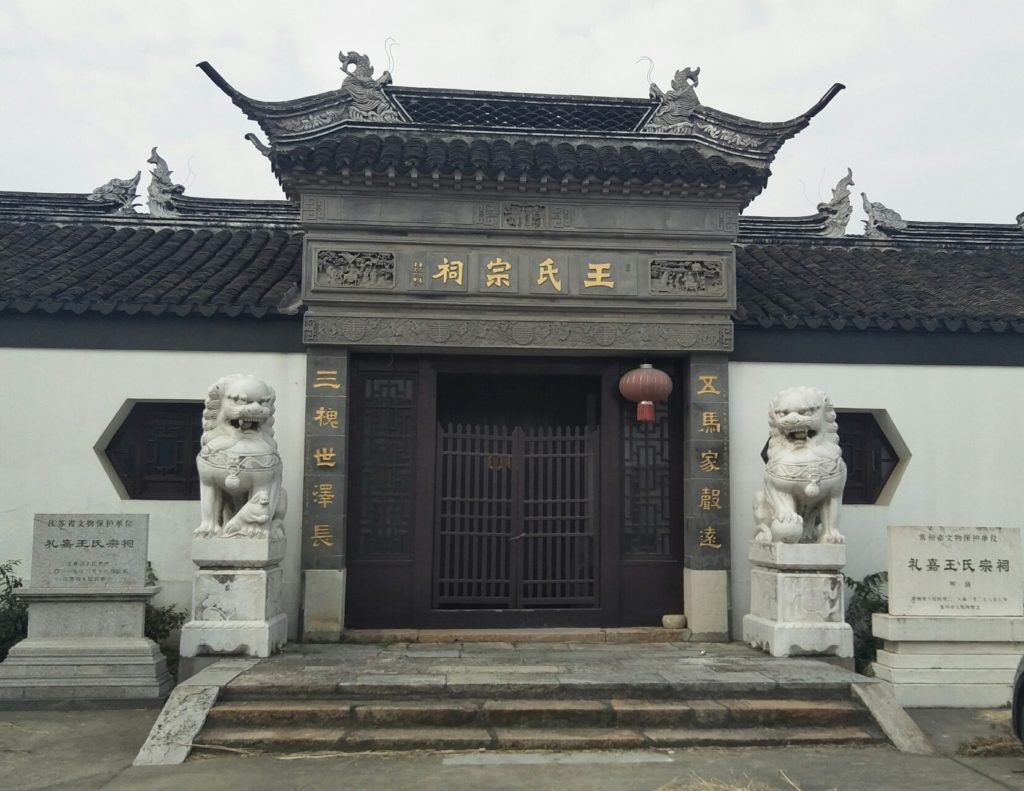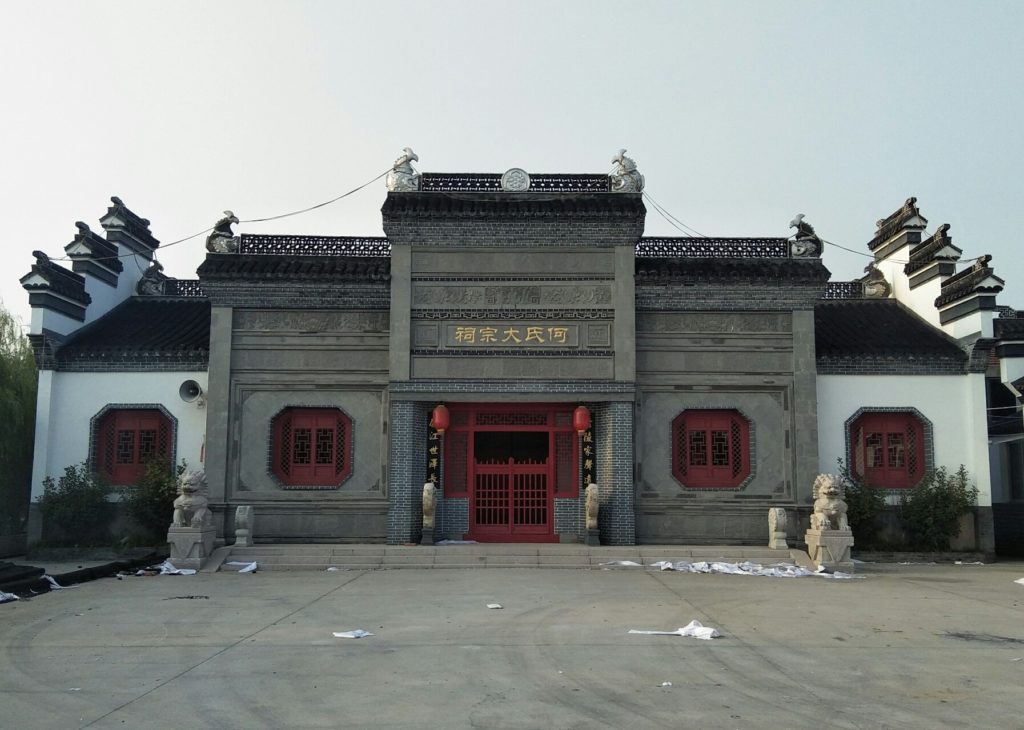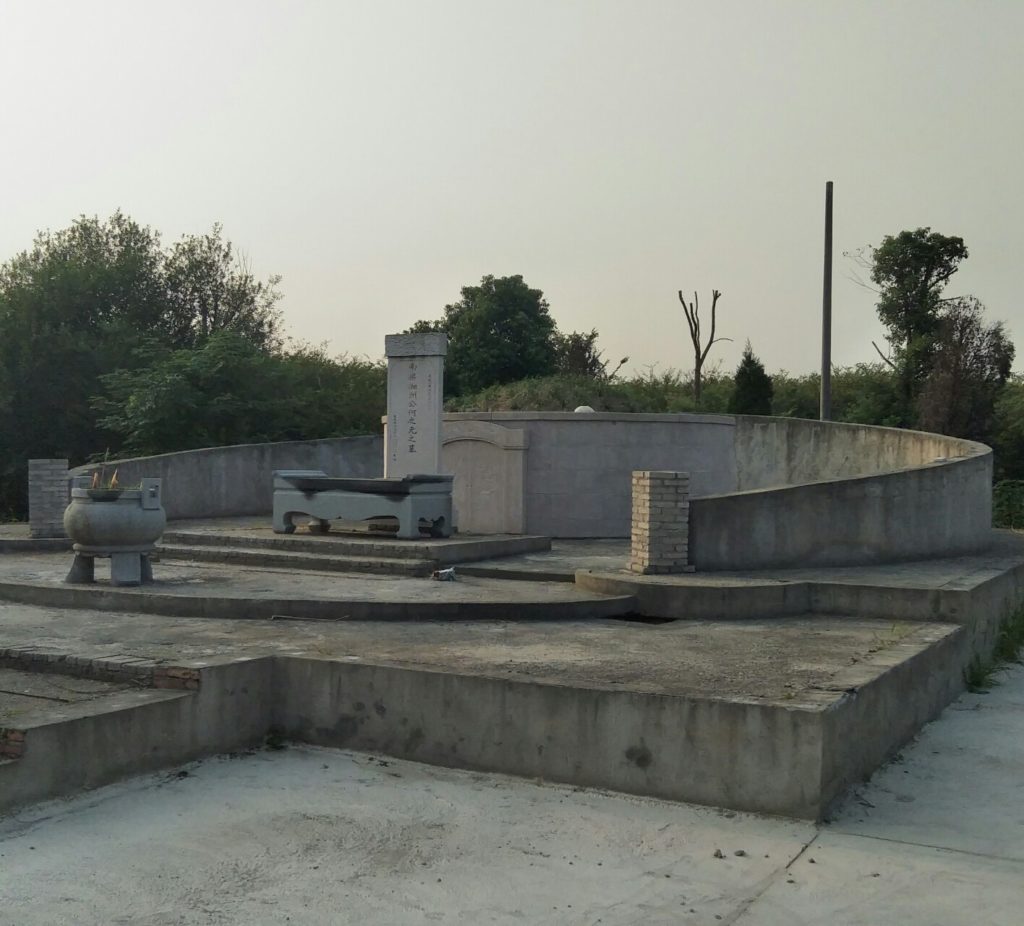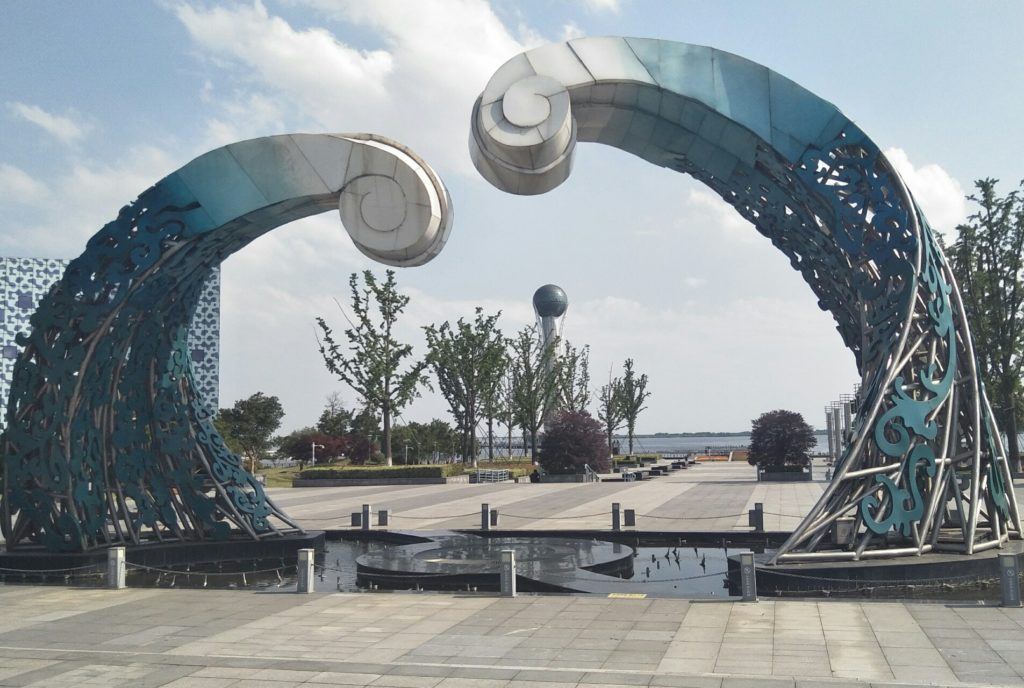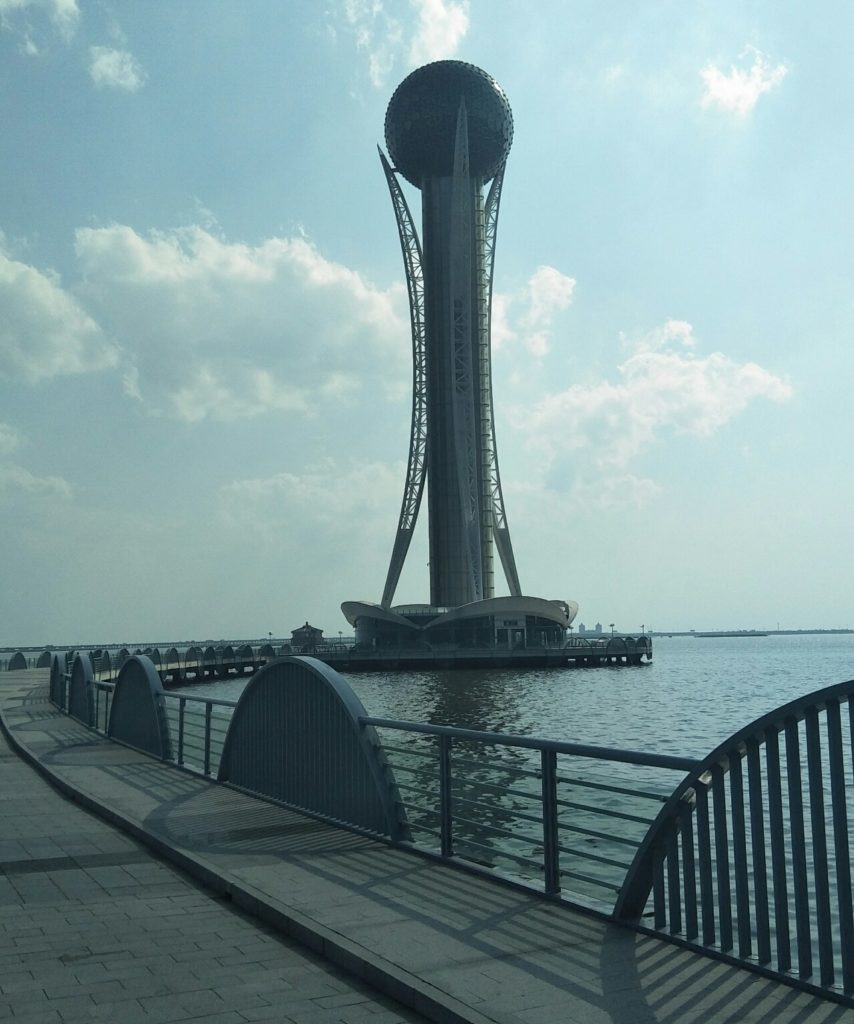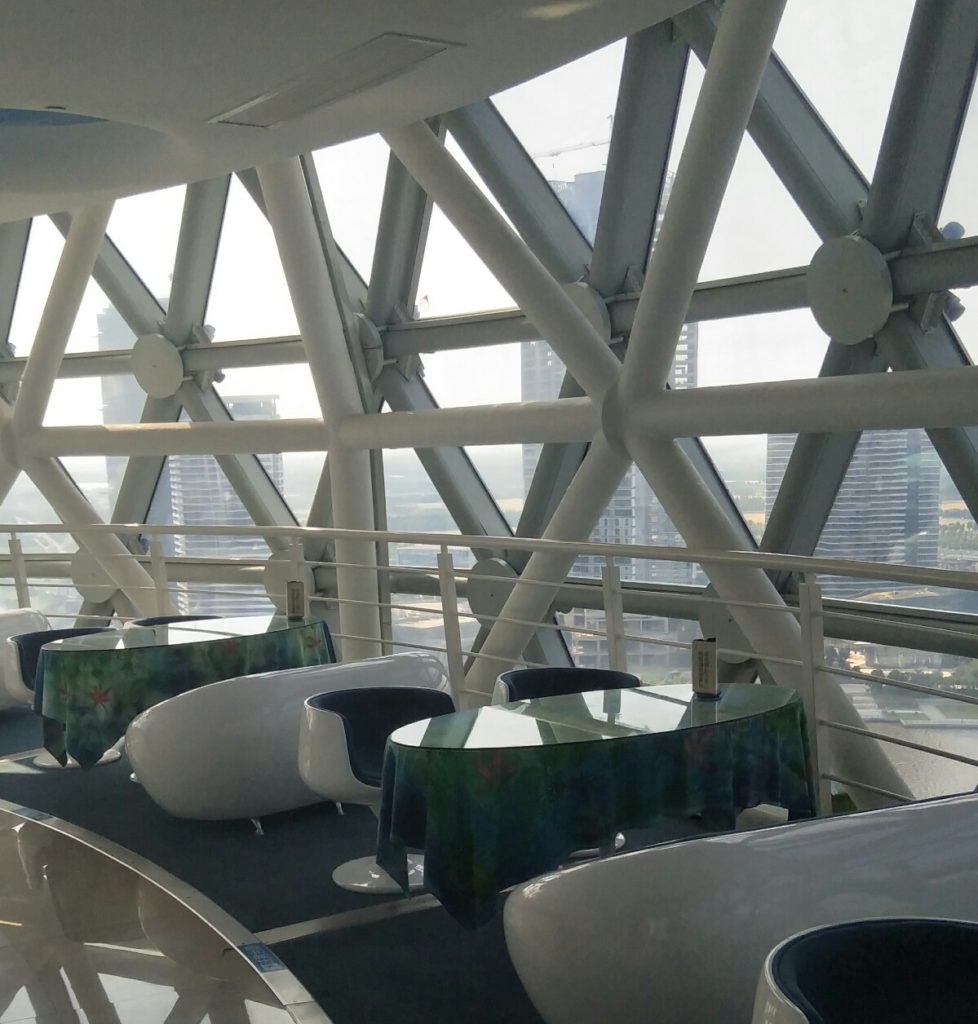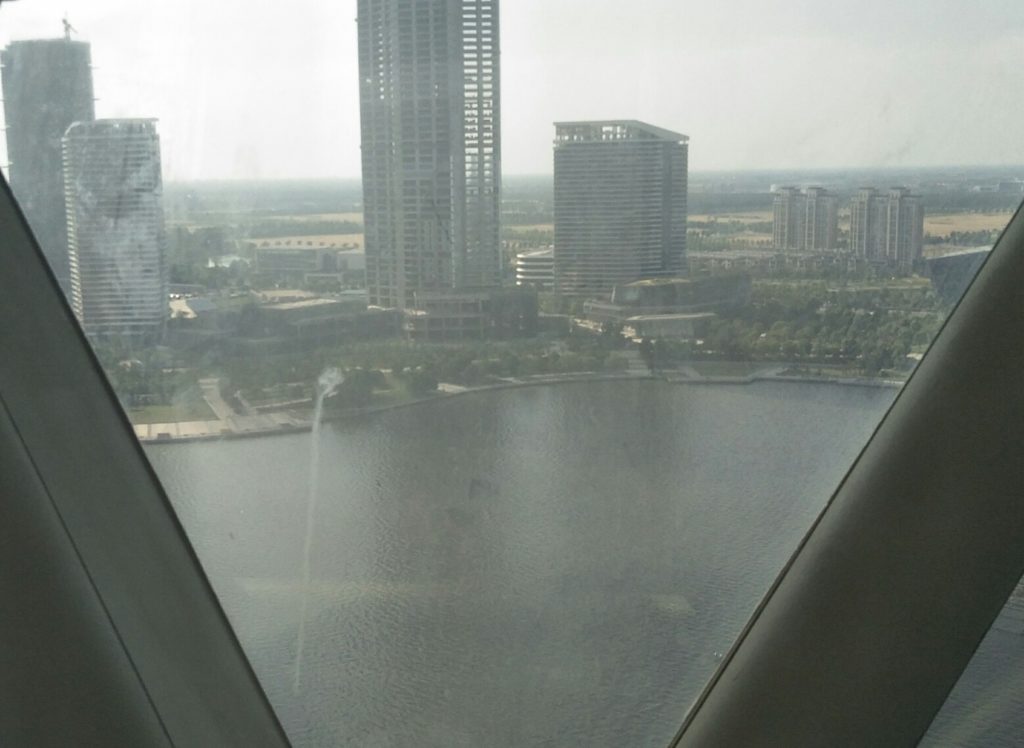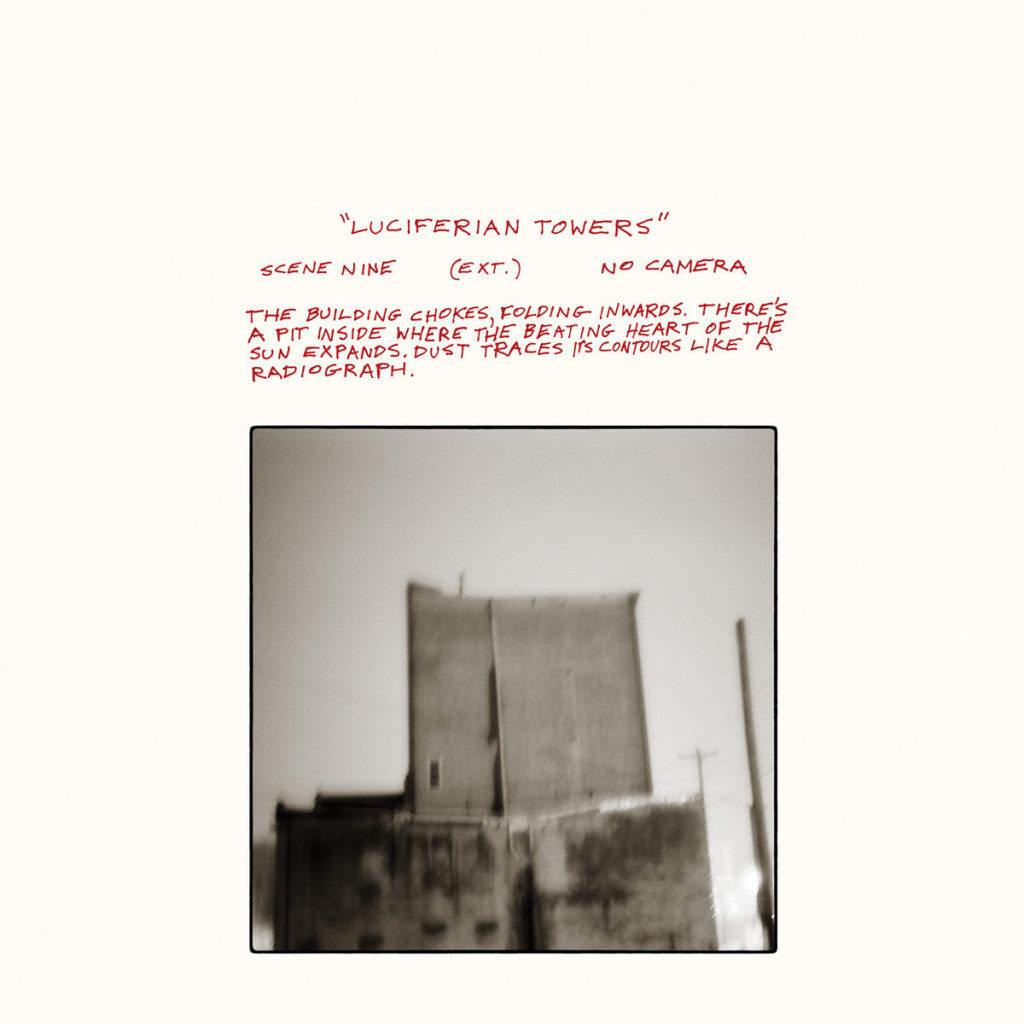This was originally published in July of 2017

You can say about 95% percent of the Changzhou’s public parks have a unique identity. Xianhu Park 仙湖公园 is no different, but this one has a subtly strange and schizophrenic vibe to it. This place is located in Yaoguan Township 遥观镇 in Wujin, in what used to Changzhou’s eastern Qishuyan district. This is nowhere near Hutang and the parts of Wujin most expats know. Yaoguan is definitely small town China within Changzhou’s city boundaries. I am sometimes out around these parts because of corporate trainings Hohai University organizes with some of the railway companies like CRRC out here. The park itself is split into two by Jianshe Road 建设路.

One half of the park has a lot of brick and stone work, giving the water a canal-like feel without actually feeding into any canals. In this regard, it looks a lot like a man made urban pond.
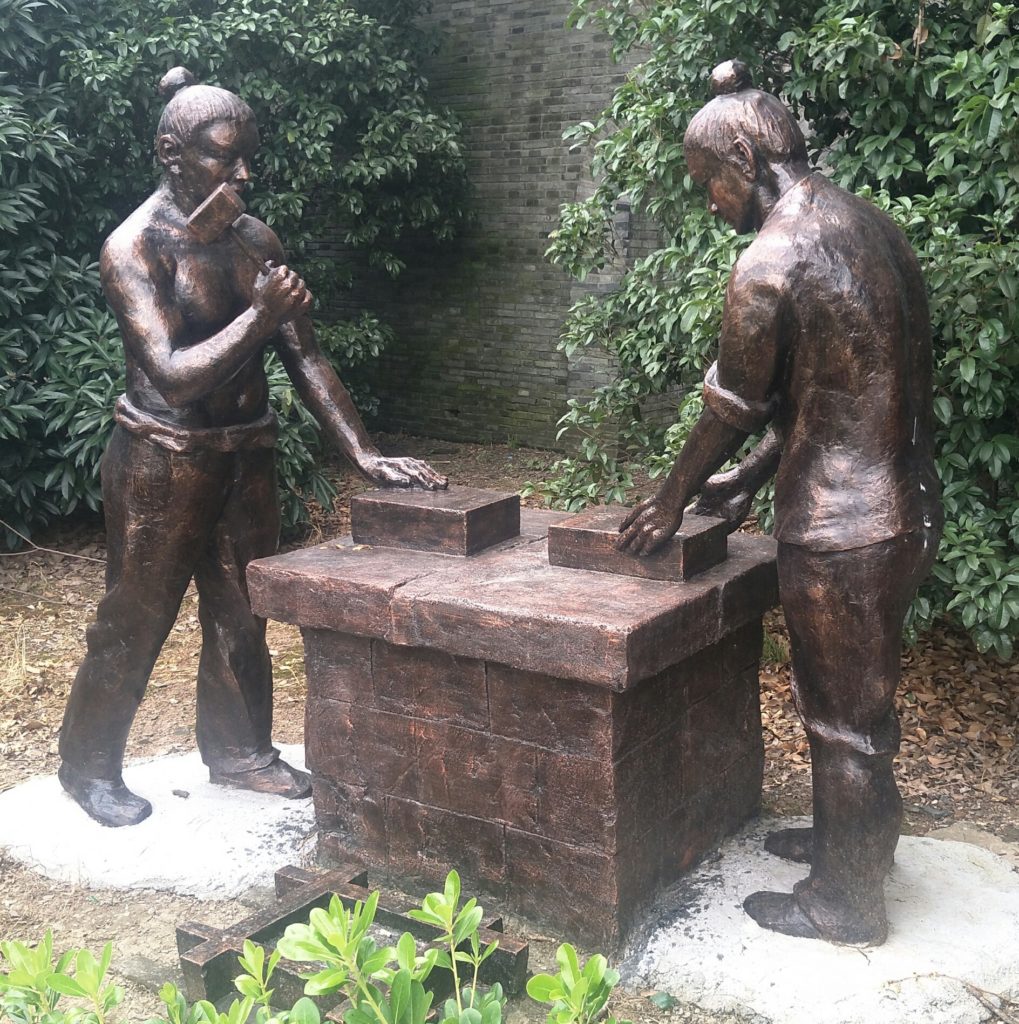

There are two sets of statues here suggesting industrial themes. Unlike other parks, there are no explanatory plaques or Chinese wisdom idioms attached to give a greater meaning. Perhaps the biggest “this is not urban Changzhou” indicator was this …

There were three goats roaming around and eating everything from the grass and the bushes. Some of these animals had collars and leashes, so it is safe to assume that these are not feral, marauding goats. These were domesticated. Nearby, there was a woman washing something in the “canal-pond” water. I didn’t feel like being nosy about what she was actually washing. So, I didn’t take a picture of her. It is likely safe to assume the goats were hers. If you were to cross Jianshe Road to the park’s other half, you would see this.

There are a lot of walkways, but notice the surface of the oibd. There is a thick, very green algae skin to the water here. By the way, the person with net is not fishing. Typically, a very big algae population like this makes water low in oxygen an not habitable. This person was not fishing out garbage, either.

This person was actually harvesting the algae itself. While that may sound weird to some, algae has a lot of uses like as a farmland fertilizer. There are also chemical compounds that can be extracted and multi-purposed in food production, wastewater treatment, and much more.
Essentially, this is a profoundly local park. Changzhou has places like Qingfeng, Hongmei, and others that are meant for mass public and tourist use, and Xianhu Park is not one of them. I found this place because I was already in Qishuyan on a teaching assignment and just wandering around my ebike.
However, this place is also a positive reminder that what I like to call Real Changzhou; this city is vast and more storied than what some foreigners might think. There is life beyond Xinbei, the city center, and Hutang. I don’t mean that as, “Ooh, this is quaint.” I mean that in this exists, it is here, and it is part of Changzhou.


